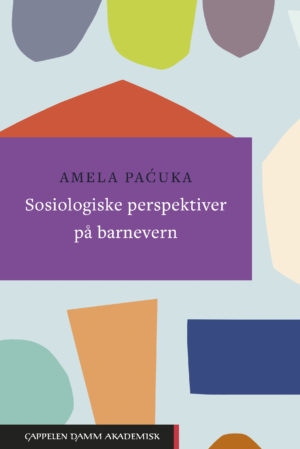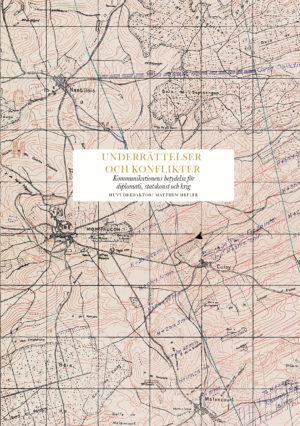Sweden has a history of a restrictive drug policy, with a national policy focus on achieving a “drug free society.” This has led to a relatively slow development of “harm reduction” services, those services which aim to reduce risk and vulnerability for people who use drugs (PWUD), without requiring drug abstention. The harm reduction services which do exist are inequitably distributed across the country. In this context, this project aims to explore the attitudes of social work professionals (SWP) towards harm reduction, and the experiences of Swedish PWUD. The data consist of a survey of SWP (208 responses), interviews with PWUD in an area of limited harm reduction (11), and interviews with PWUD who had travelled to Denmark, a country with a less restrictive drug policy approach (17).
Article I utilizes survey data to explore the perspectives of Swedish SWP regarding the philosophy of harm reduction and specific harm reduction initiatives. The study reveals a generally positive attitude towards harm reduction, albeit with significant geographical variances. There were low levels of support concerning the adoption of newer harm reduction strategies. Less positive attitudes and negativity regarding new interventions were significantly associated with SWP in areas with lesser exposure to harm reduction practices.
Article II examines how PWUD in a small urban center handle the absence of local harm reduction services. The participants’ experiences are interpreted using the theoretical concept of “risk environment” which highlights how various environmental factors interact to produce risk of drug-related harm. Strategies ranged from traveling to external needle exchange programs, relying on unofficial secondary distribution, to risk behaviours such as stealing, reusing, or sharing injection equipment. Many were homeless, articulating a continuous struggle to find temporary shelter. They injected drugs in unsafe places, such as public toilets, increasing risk of overdose or infection. They also expressed 10 feeling stigmatized and excluded from society which compounded their stress, risk of disease transmission and overdose, and poor overall wellbeing.
Article III explores the motivations behind the mobility of PWUD from Sweden to Denmark. The “risk environment” framework was used to contextualize decision-making and risks, based on the physical, social, policy, and economic environments. The study identifies harm reduction service availability, stigma, social networks, the drug scene, and policing practices, as key drivers for relocation. Despite the perceived benefits of moving, such as improved access to harm reduction services, participants also reported exposure to new risks, including violence, potential exclusion from a range of services, and exposure to new drugs.
Article IV analyzes the reflections of PWUD on their experiences in Sweden and Denmark in the context of each nation’s drug policy. The analysis explored experiences of stigma and coupled these to concepts of identity and social exclusion. In daily interactions, participants felt ignored and dehumanized in Sweden’s zero-tolerance environment, whereas in Denmark, a country with a harm reduction approach, they felt visible and valued as individuals. This, combined with more developed services and a less punitive policing approach, led participants to feel included in society in Denmark. Contrasts between experiences in the two countries were also echoed in participants’ interactions with the healthcare system, relating to feeling controlled in Sweden, or being given autonomy and trust over their care in Denmark.
Collectively, this thesis highlights the interplay between drug policies, care formats, policing practices, social interactions, the attitudes of SWP, and the lived experiences of PWUD. While overall positive, the attitudes towards care goals and interventions differ between different areas, among professionals who provide care to PWUD. PWUDs’ movement to and experiences in different settings can be used to offer an insight into their own policy preferences. The project demonstrates the role of constructions, and resulting drug policy, in how they influence PWUDs’ experiences of stigma and exclusion, and their risk environments.







